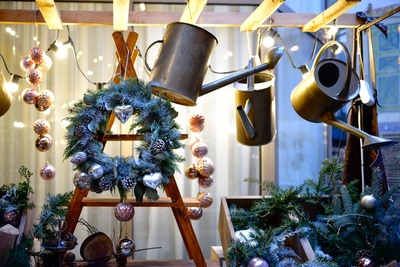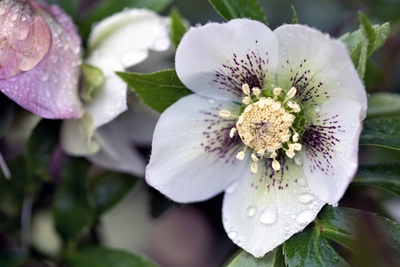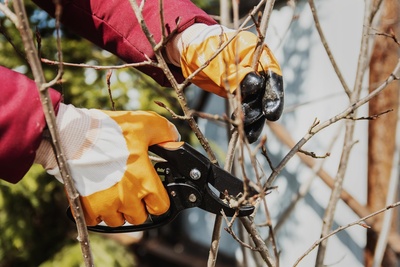Creating A Wildlife Friendly Garden
With natural habitats shrinking, our gardens have become critical places for various creatures, from insects and birds to small mammals. By transforming your garden into a wildlife sanctuary, you can contribute to the conservation of biodiversity while enjoying the beauty of nature up close. In this blog, we will explore some practical steps on how to create a wildlife-friendly garden.
1. Plants, plants, plants
Plants play a crucial role in supporting wildlife in various ways. First and foremost, plants serve as the foundation of food chains, providing sustenance for wildlife. Their leaves, flowers, fruits, and seeds offer essential nutrients and energy for a wide array of creatures, ensuring the survival of entire animal populations. Plants create vital habitats and shelter, serving as nesting sites for birds and homes for small mammals and insects. The presence of plants in the natural world is nothing short of a lifeline for wildlife, making them essential for the survival and flourishing of diverse animal species.
2. Ditch Chemicals
To create a truly wildlife-friendly garden, it's essential to eliminate the use of harmful chemicals such as pesticides and herbicides. These chemicals can be toxic to insects, birds, and other small animals, disrupting the natural balance of your garden's ecosystem. Instead, consider eco-friendly alternatives or natural pest control methods like companion planting and encouraging natural predators.
3. Provide Water Sources
A reliable water source is a magnet for wildlife, especially during hot and dry periods. Create a birdbath, install a small pond, or place shallow dishes with water to accommodate various creatures. Be sure to keep the water fresh and clean to avoid the risk of disease transmission.
4. Create Shelter and Nesting Sites
We need to create shelter for wildlife so that they feel safe and secure. Leave some corners of your garden slightly wild and incorporate piles of logs, rocks, and fallen leaves as hiding spots for insects and small mammals. If you have trees, avoid excessive pruning to provide birds with potential nesting sites.
5. Build Bird Boxes and Insect Hotels
Bird boxes and insect hotels are great additions to any wildlife-friendly garden. Bird boxes provide nesting spots for birds like bluebirds and wrens. Insect hotels offer shelter for solitary bees, ladybugs, and other insects, aiding in pollination and pest control.
6. Encourage Natural Predators
Balancing the predator-prey relationship is vital for maintaining a healthy ecosystem. Attract natural predators like owls, bats, and beneficial insects to help control pest populations naturally. Installing owl boxes or bat houses can provide them with a safe place to roost and hunt.
7. Plant for All Seasons
Aim to have plants that bloom and produce fruits or seeds throughout the year. This ensures a consistent food supply for wildlife in different seasons. A mix of early bloomers, summer flowers, and autumn fruiting plants will cater to the needs of various species year-round.
8. Minimise Lawn Areas
Lawns, while aesthetically pleasing, offer little value to most wildlife. Consider reducing the size of your lawn and replacing it with more diverse and wildlife-friendly landscaping. Meadows, wildflower patches, and plant beds can be both beautiful and beneficial to wildlife.
9. Learn to Coexist
Remember that wildlife-friendly gardens may attract some creatures that might seem less desirable, such as certain insects or small rodents. Embrace the idea of coexistence and learn to appreciate the role they play in the ecosystem. In most cases, their presence will help maintain the balance and overall health of your garden.
10. Educate and Share
Once you've successfully created a wildlife-friendly garden, share your experience and knowledge with others. Encourage your friends, neighbours, and community to follow suit. By spreading awareness and inspiring more people to embrace wildlife-friendly practices, we can collectively make a significant impact on biodiversity conservation.
For more information or if you have any questions, please pop into store and speak to a member of the team – they would be happy to help you.




